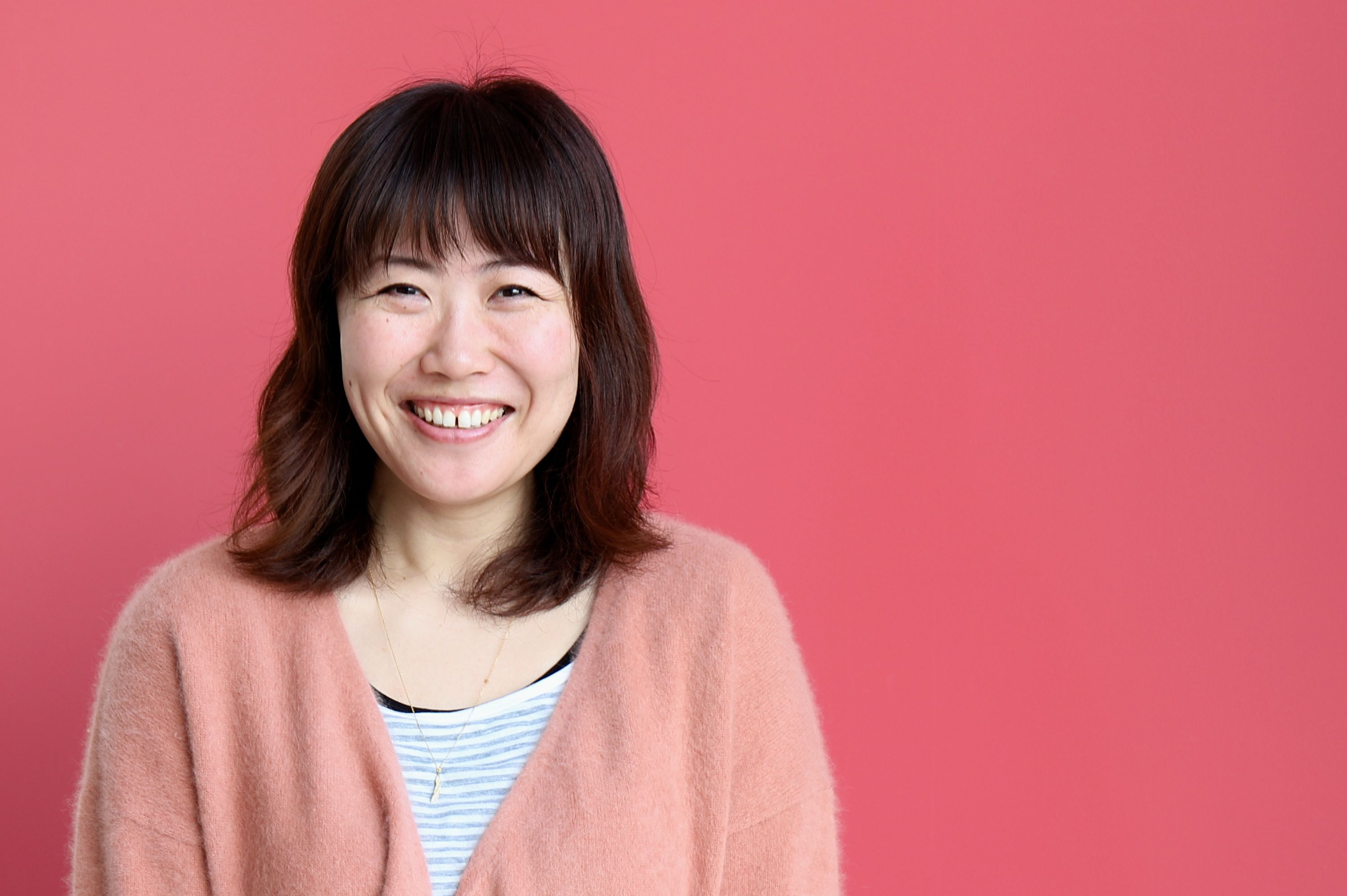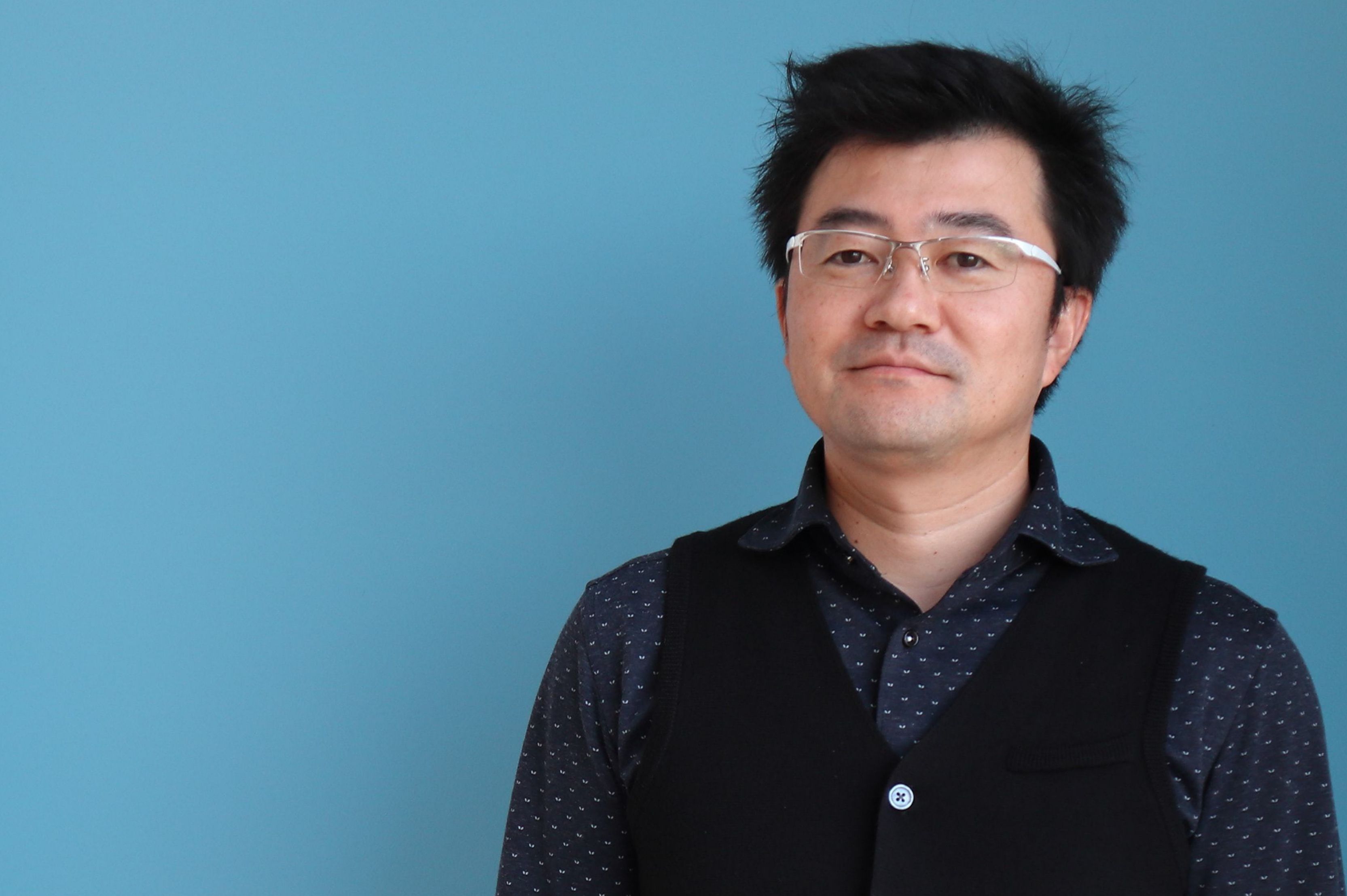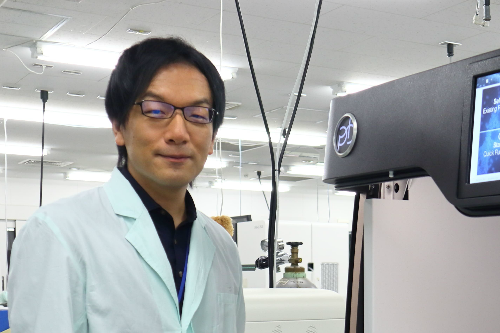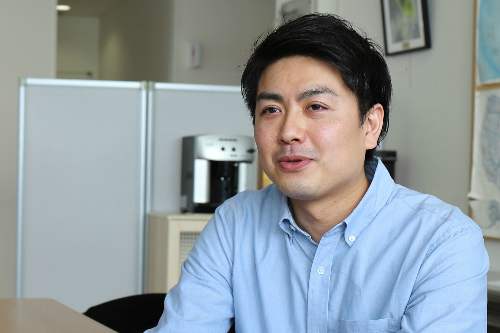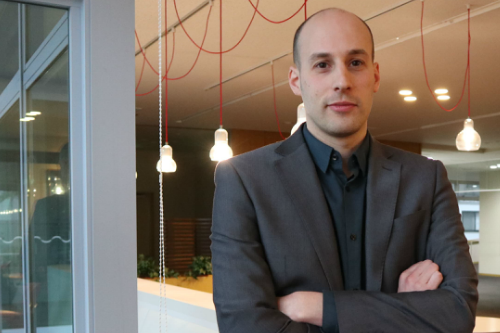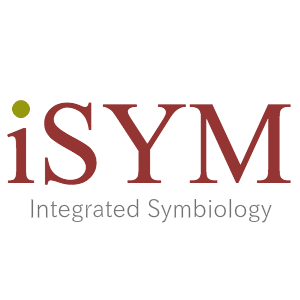iSYM People 4...
I realized that many of nature’s questions are connected to the society around us and I may contribute to solve those!
Dr. Shigehiro Kuraku
Laboratory for Phyloinformatics, RIKEN Center for Biosystems Dynamics Research
━━━Please tell us about your team's mission.
Our team mission is to meet other labs’ DNA analysis needs and utilize the data for their own research. We put effort in to obtaining high quality data at high speed and importantly at low cost. But DNA analyzing is not just only obtaining data but also matching researchers’ requests. We consider everything up until what kinds of data is required and how they want to publish their research paper. In RIKEN Kobe BDR where my team is located, there are a variety of labs and they are skilled in different approaches. For example, some labs monitor the behavior of cells with imaging technology and others create organoids, miniature artificial organs. When they need DNA analysis to investigate what kinds of genes are regulating the phenomena they study, they come to our team for advice because we’re a specialized team for analyzing DNA. We prepare an appropriate analyzing method for each situation and we compare things in advance such as the design of sequencing data acquisition, sample preparation method and the technique of the data analysis. We consider their purpose of research and budget and advise them on the most appropriated method. In a word, we’re consultants of DNA analyzing.
━━━What does your own group research? Please tell us about your research besides DNA analysis for other labs.
I have a desire to find the universal law to explain the diversity of life by investigating various targets rather than pursuing a particular organism or phenomena. I think it is natural to lead myself into taking a strong interest in DNA to research the diversity of life because all life has a common carrier of information, DNA. For a molecular evolutionary biologist, the target organism basically does not matter that much because all living things have the same basic information ATGC and I can find plenty of fascinating questions in any target. Therefore, I would rather look broadly to find anything which is interesting and influential to our understanding of life than focus on one single thing.
However, I am very interested in organisms that do not yet have sufficient molecular sequence data rather than those what have completed data and allow them to stand on the same stage. Last year my team decoded the whole genome of ocelot gecko (Paroedura picta). The laboratory for Animal Resources and Genetic Engineering at RIKEN Kobe provides the gecko as model animal species but the genome sequence was not decoded until my team focused on. If the genome sequence information is decoded, it increases its worth as a model animal. To promote the RIKEN Kobe’s gecko as a model species, we decided to decode their genome. Until then, there weren’t any established model animals in reptiles, so we filled in an important missing piece. In terms of evolutionary biology, reptiles are more appropriate to be used for comparing with mammals than birds; however, they are not used much for research. The situation has changed since genome sequence information became available.
-
-
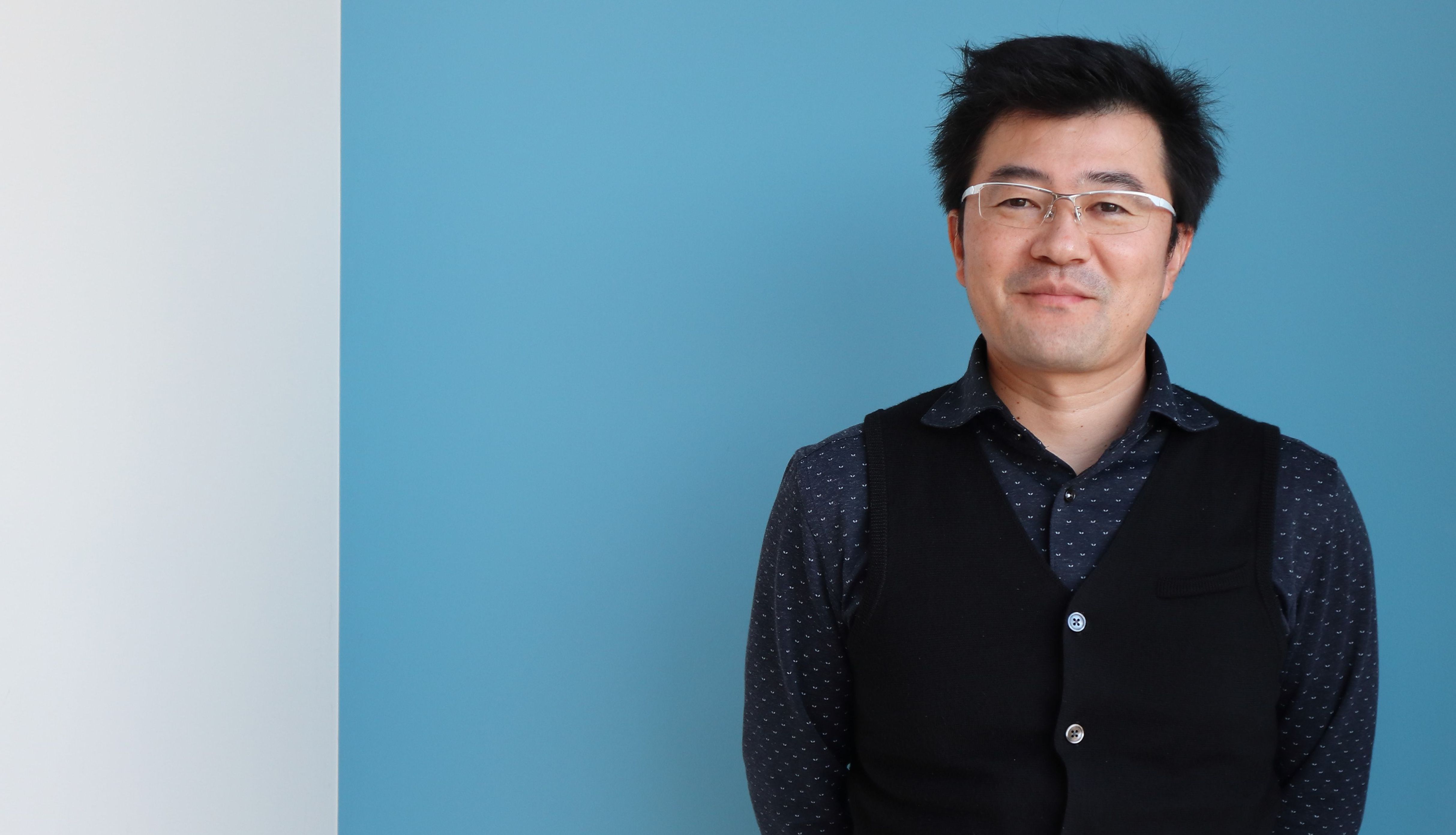
At RIKEN Yokohama campus
What my team has advanced in parallel is elasmobranch (e.g. sharks, rays) research. They diverged from vertebrate evolution in ancient times. Even though they’re very important animals to clarify the evolutionary transition from our ancestor, not many people have made a genuine effort on their research. I have a lasting passion for sharks, they diverged early in evolutionary history and that is very attractive as an evolution researcher. Some species inhabit the deep ocean and I’m interested in how they evolved there without many predators and how their lifestyles have shaped their genome. In addition, they are also indispensable when you consider the balance of the ocean ecosystem because they’re at the top level of the food chain of the ocean and they eat various sea life that humans also depend on for food. Lastly, there’re varieties of unique species in elasmobranchs. For instance, pacific sleeper sharks have extremely long lives and electric rays are able to generate electricity. Such an attractive fauna! I’m currently analyzing elasmobranch evolution at the genomic level and investigating why they look and live the way they do presently.
When you hear the word “sharks” or “rays”, you can easily imagine their figures. But in fact, there are over 1,000 species, which may surprise most people. The actual molecular-level research on them is still in its infancy. One reason is that there are no such small sized species that are easy to analyze, as traditional laboratory animals. We still don’t have a clue how to answer simple questions about their ecology such as how long they live, how they produce offspring. For example, no one has ever observed the mating of the whale shark, the largest fish in the world.
━━━Please tell us the reason why you decided to become a scientist.
I love to think deeply by myself and I’m fascinated by nature and solving puzzles. How can I solve this? I like to keep pondering over it. I had a thought that I would like to research thoroughly the truth or law of nature which bestow a benefit on our lives and environment whether it’s useful immediately or not. The visible targets are not satisfying enough for me so I became interested in solving the puzzles of small molecule DNA.
The trigger was a book I encountered when I was a high school student that was written by Prof. Takashi Miyata who would be my future mentor. This book introduces molecular evolution of organisms. Since I read it I headed towards research on molecular evolution. DNA itself is now somewhat familiar but understanding its function is difficult. It's an appropriate subject for me as I love solving puzzles.
━━━When do you get excited most about your research?
Until now, understanding of life has been studied by organisms in a laboratory such as mouse and zebrafish but now I would like to do research more directly related to nature’s questions and problems. There’s nothing better than what you pursue turns out to be beneficial for others. It is very meaningful for me help other researchers by consulting their DNA analysis. I’ve been providing researchers technical support of DNA analysis but I also want to contribute to our society in the end. I consider that’s how I can achieve both things I want to do and things that are demanded.
Recently I started to investigate animals in the field, I realized that many of nature’s questions are connected to the society around us and I may contribute to solve those! I’m very excited when I think how I can approach those problems by utilizing my expertise.
━━━What are your personal and professional goals?
I think that what I am is pretty close to the image I vaguely imagined at the time I read that influential book. My personal goal is to enjoy day-to-day life without compromise as a person and find good balance between daily life and research. I believe that the enjoyable everyday life, the more fun the research. If possible, I’d like to achieve my goal at my favorite place to live.
━━━Thank you very much for your time, Shigehiro!
Thank you for reading the article.
We will keep posting iSYM People Interviews. So please keep updated!
Dr. Sachiko Masuda
Dr. Shigehiro Kuraku
Dr. Taichi Umeyama
"Our work will contribute to uncover the mutualistic relationship and interaction between us humans and symbiotic bacteria"

